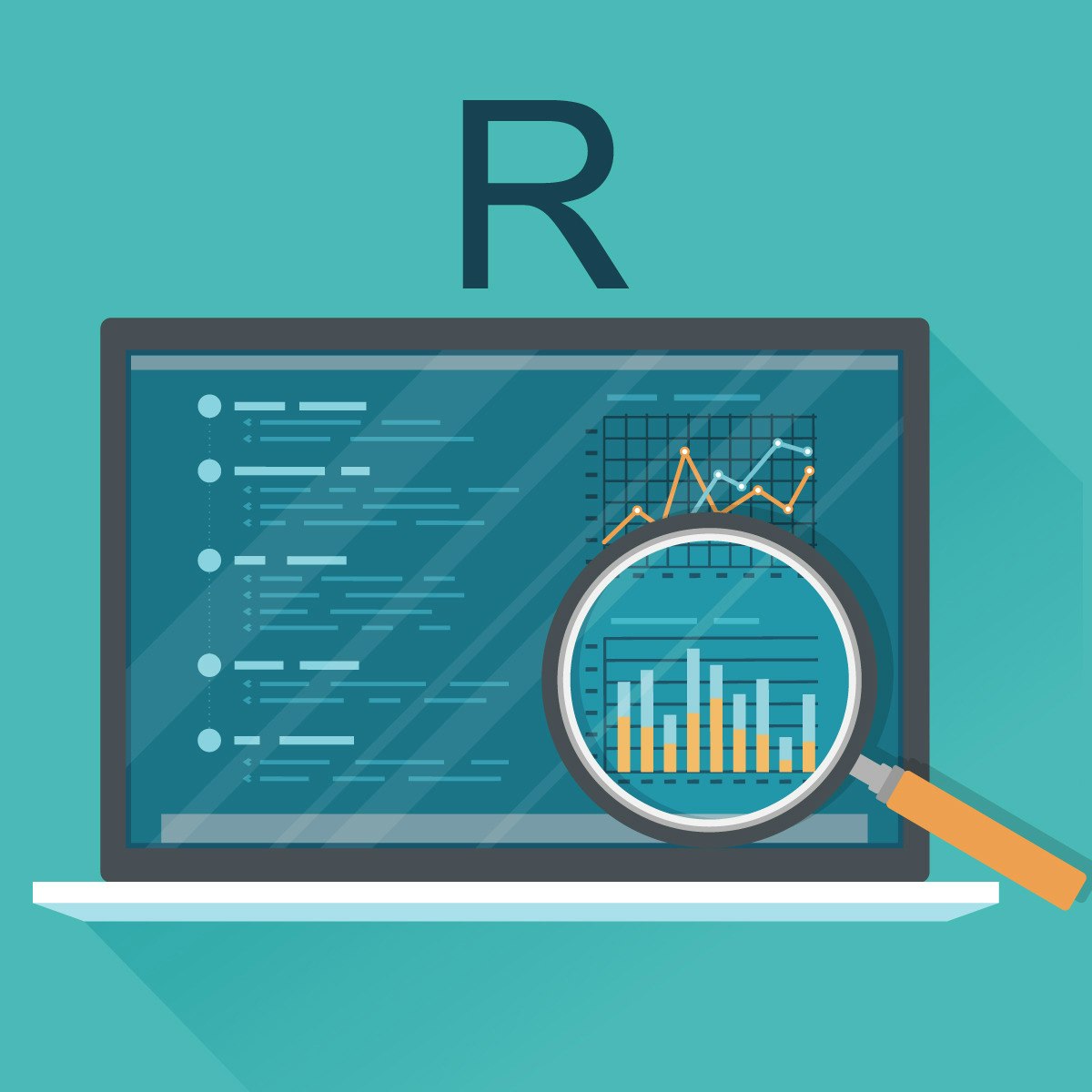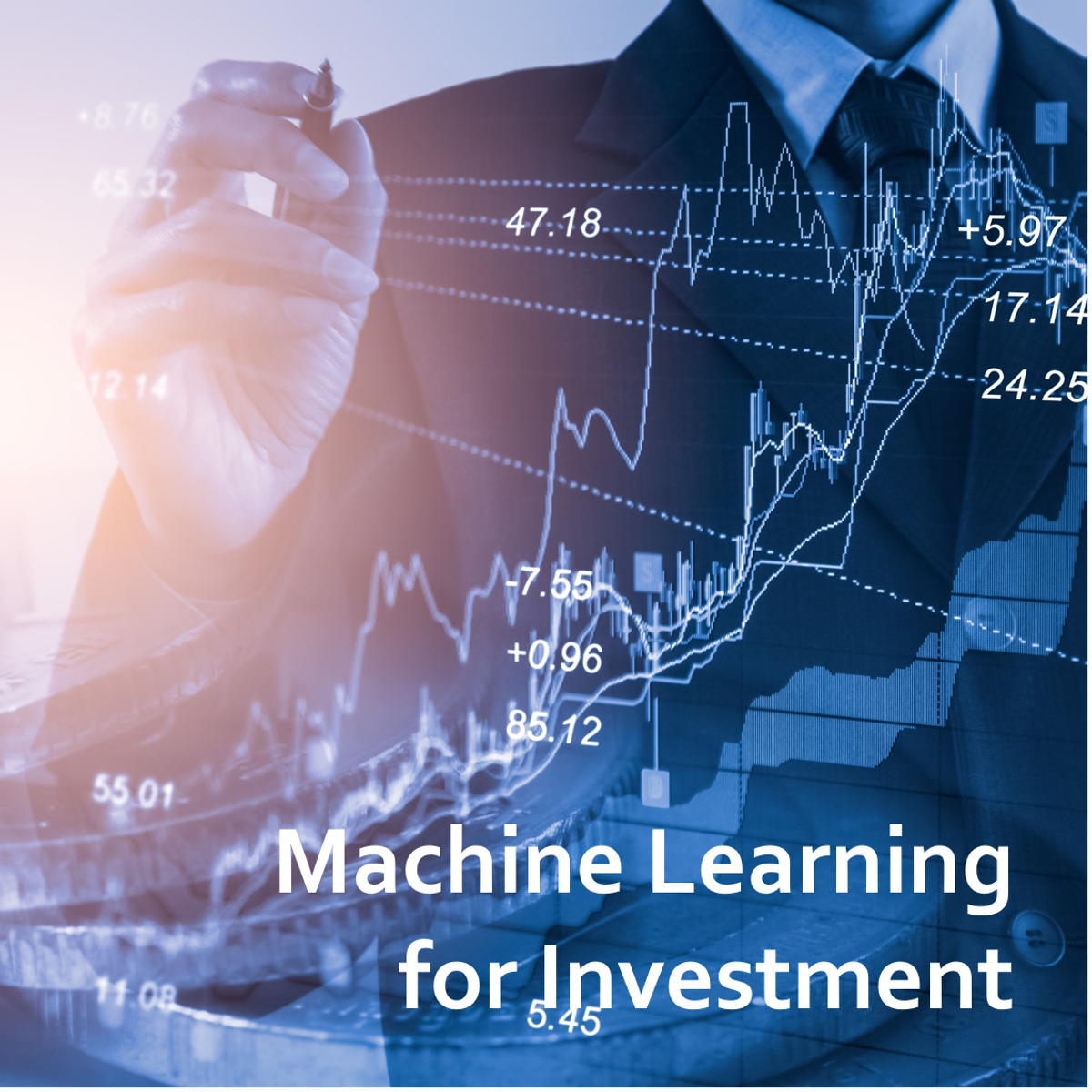Back to Courses









Data Science Courses - Page 24
Showing results 231-240 of 1407

Securing Your GKE Deployments with Binary Authorization
This is a self-paced lab that takes place in the Google Cloud console. This hands-on lab demonstrates how to use Binary Authorization to secure your GKE cluster by requiring all containers to be verified and signed by trusted attestors as a part of the build/deploy process.

Predict Sales and Forecast Trends in Google Sheets
By the end of this project, you will understand use cases for conducting forecasts in your workplace and be able to confidently conduct a trend forecast in any spreadsheet software. You will also understand when it is necessary to refine a model to improve the accuracy of forecasted trends.
There are many times when having a crystal ball might be useful and it’s natural to leverage trusted predictions of future outcomes to prepare and drive best results. Predictions come our way in the form of the forecasted data we consume regularly in our personal and business lives. This data covers everything from the weather to projected investment returns. At work we use forecasted data for a multitude of purposes including developing strategies, budgets, to provide the right amount of resources to meet demand, and to create the best customer experience possible. In this course, you will build baseline prediction skills with statistical forecasting by designing, creating, and interpreting a sales trend forecast. You will do this as we work side-by-side in the free-to-use software Google Sheets.
Note: This course works best for learners who are based in the North America region. We’re currently working on providing the same experience in other regions.

Play with Graphs using Wolfram Mathematica
Sometimes the visual understanding of a mathematical problem is quite helpful in solving it fast and correctly. Play with graph is an attempt to ease the minds of all mathematics lovers and engineering aspirants who wish to solve the tricky and knotty mathematics problem involving functional approach. This project will help you make intuitive connections between the graphs of the function in the problem with the exact solution of the problem.
The project starts with plotting basic functions ,labelling & fillings and later takes up the topic such as curve filling 'below' and 'between' the two curves ,plotting of sample points where the curve changes quickly, ranges where function becomes non real, plotting curve where there are discontinuities and finally labelling and legending of illustrative curves.
It is highly recommended to all those who sincerely desire to master problem solving in mathematics.

Connected Planning in Action
Effective planning isn’t just an annual top-down strategic planning and budgeting exercise. To adapt in the turbulent global economy, successful organizations plan in real-time, across the organization, at all times. By leveraging a Connected Planning approach and technology, organizations around the world are finding ways to not only survive, but thrive.
In this course, you’ll explore examples of how Connected Planning transforms the way organizations do business. Using real-life case studies from the Finance, Sales, Supply Chain, and Human Resources functions, you’ll see a wide range of Connected Planning examples and benefits. Most significantly, Connected Planning is cross-functional, which generates even greater impact for an organization.
By the end of this course, you’ll be able to:
• Explain how Connected Planning provides the link between strategic planning and operational execution
• Describe a range of ways that organizations apply Connected Planning within and across functions
• Articulate the benefits of Connected Planning
This course is presented by Anaplan, provider of a leading technology platform that is purpose-built for Connected Planning.

Data Analysis with R
The R programming language is purpose-built for data analysis. R is the key that opens the door between the problems that you want to solve with data and the answers you need to meet your objectives. This course starts with a question and then walks you through the process of answering it through data. You will first learn important techniques for preparing (or wrangling) your data for analysis. You will then learn how to gain a better understanding of your data through exploratory data analysis, helping you to summarize your data and identify relevant relationships between variables that can lead to insights. Once your data is ready to analyze, you will learn how to develop your model and evaluate and tune its performance. By following this process, you can be sure that your data analysis performs to the standards that you have set, and you can have confidence in the results.
You will build hands-on experience by playing the role of a data analyst who is analyzing airline departure and arrival data to predict flight delays. Using an Airline Reporting Carrier On-Time Performance Dataset, you will practice reading data files, preprocessing data, creating models, improving models, and evaluating them to ultimately choose the best model.
Watch the videos, work through the labs, and add to your portfolio. Good luck!
Note: The pre-requisite for this course is basic R programming skills. For example, ensure that you have completed a course like Introduction to R Programming for Data Science from IBM.

A Second Brain with Obsidian
In this hands-on guided project you will learn how to use the knowledge base app Obsidian. With its powerful interface, Obsidian makes it easy for anyone to structure note taking dynamics suitable for a variety of purposes: from personal journaling, to study or work notes. On top of that, one can establish links across notes and quite literally build a digital brain based on all of these connections, powered by Obsidian's Graph View.

Using R for Regression and Machine Learning in Investment
In this course, the instructor will discuss various uses of regression in investment problems, and she will extend the discussion to logistic, Lasso, and Ridge regressions. At the same time, the instructor will introduce various concepts of machine learning. You can consider this course as the first step toward using machine learning methodologies in solving investment problems. The course will cover investment analysis topics, but at the same time, make you practice it using R programming. This course's focus is to train you to use various regression methodologies for investment management that you might need to do in your job every day and make you ready for more advanced topics in machine learning.
The course is designed with the assumption that most students already have a little bit of knowledge in financial economics and R programming. Students are expected to have heard about stocks and bonds and balance sheets, earnings, etc., and know the introductory statistics level, such as mean, median, distribution, regression, etc. Students are also expected to know of the instructors' 1st course, 'Fundamental of data-driven investment.'
The instructor will explain the detail of R programming. It will be an excellent course for you to improve your programming skills but you must have basic knowledge in R. If you are very good at R programming, it will provide you with an excellent opportunity to practice again with finance and investment examples.

Hypothesis Testing in Public Health
Biostatistics is an essential skill for every public health researcher because it provides a set of precise methods for extracting meaningful conclusions from data. In this second course of the Biostatistics in Public Health Specialization, you'll learn to evaluate sample variability and apply statistical hypothesis testing methods. Along the way, you'll perform calculations and interpret real-world data from the published scientific literature. Topics include sample statistics, the central limit theorem, confidence intervals, hypothesis testing, and p values.

The Fundamental of Data-Driven Investment
In this course, the instructor will discuss the fundamental analysis of investment using R programming. The course will cover investment analysis topics, but at the same time, make you practice it using R programming. This course's focus is to train you to do the elemental analysis for investment management that you might need to do in your job every day.
Additionally, the study note to do using Python programming will be provided.
The course is designed with the assumption that most students already have a little bit of knowledge in financial economics. Students are expected to have heard about stocks and bonds and balance sheets, earnings, etc., and know the introductory statistics level, such as mean, median, distribution, regression, etc.
The instructor will explain the detail of R programming for beginners. It will be an excellent course for you to improve your programming skills. If you are very good at R programming, it will provide you an excellent opportunity to practice again with finance and investment examples.
Professor Youngju Nielsen creates the course with the assistants of Keonwoo Lim and Jeeun Yuen.
===========================================================================================
Coursera Course recommendations before this course for those who are not familiar with basic R programming:
<Getting Started with R>
https://www.coursera.org/projects/getting-started-with-r
<Introduction to Business Analytics with R>
https://www.coursera.org/learn/business-analytics-r
<Statistics with Python >
https://www.coursera.org/specializations/statistics-with-python

A Crash Course in Causality: Inferring Causal Effects from Observational Data
We have all heard the phrase “correlation does not equal causation.” What, then, does equal causation? This course aims to answer that question and more!
Over a period of 5 weeks, you will learn how causal effects are defined, what assumptions about your data and models are necessary, and how to implement and interpret some popular statistical methods. Learners will have the opportunity to apply these methods to example data in R (free statistical software environment).
At the end of the course, learners should be able to:
1. Define causal effects using potential outcomes
2. Describe the difference between association and causation
3. Express assumptions with causal graphs
4. Implement several types of causal inference methods (e.g. matching, instrumental variables, inverse probability of treatment weighting)
5. Identify which causal assumptions are necessary for each type of statistical method
So join us.... and discover for yourself why modern statistical methods for estimating causal effects are indispensable in so many fields of study!
Popular Internships and Jobs by Categories
Find Jobs & Internships
Browse
© 2024 BoostGrad | All rights reserved